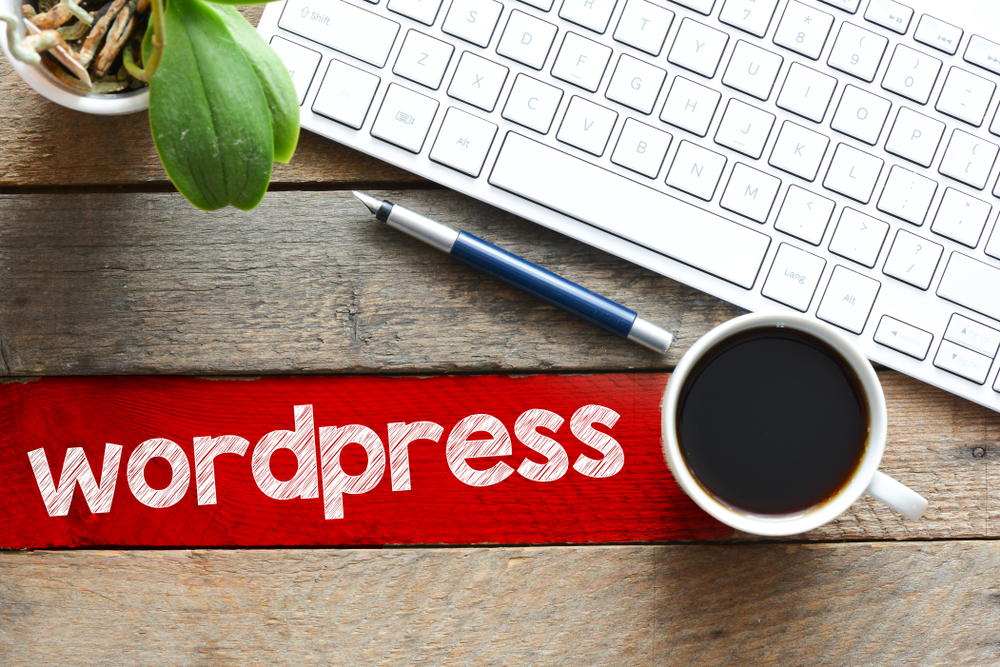
WordPress has become the go-to platform for website owners and bloggers around the world. Its versatility, ease of use, and extensive customization options make it a top choice for anyone looking to create, manage, and maintain a professional website. Whether you're a beginner or an experienced user, there are always ways to take your WordPress skills to the next level. In this article, we will explore expert tips for customization and maintenance that will help you master the art of WordPress (the platform for bloggers) .
1. Choose the Right ThemeThe first step in customizing your WordPress (the blogging platform) website is selecting the right theme. With thousands of options available, it can be overwhelming to find the perfect one. Look for a theme that aligns with your website's purpose, has a clean and modern design, and is regularly updated by the developer. Premium themes often offer more customization options, so consider investing in one if you want more control over your site's appearance.
2. Customize with Plugins
WordPress (or WP) plugins are a powerful tool for customizing your website's functionality. Whether you want to add a contact form, optimize your site for search engines, or enhance its security, there's a plugin for almost everything. However, be mindful of installing too many plugins, as they can slow down your website. Stick to essential plugins and regularly evaluate their performance to ensure they're still necessary.
3. Harness the Power of Page Builders
Gone are the days of relying solely on coding skills to create visually appealing web pages. WordPress page builders, such as Elementor and Divi, have revolutionized website customization. These drag-and-drop tools allow you to design stunning layouts without any coding knowledge. Experiment with different page builders to find one that suits your workflow and style best.
4. Optimize for Speed
Website loading speed plays a vital role in user experience and search engine rankings. Slow-loading websites frustrate visitors and can lead to higher bounce rates. Optimize your WordPress (WP) website for speed by optimizing image sizes, enabling caching, and minimizing the use of unnecessary plugins. Tools like GTmetrix and Google PageSpeed Insights can help you identify areas for improvement.
5. Enhance Security Measures
WordPress's popularity makes it a target for hackers. Protect your website by implementing strong security measures. Start by using a reliable security plugin, such as Wordfence or Sucuri, to monitor and protect your site against malware, brute-force attacks, and other threats. Regularly update your WordPress core, themes, and plugins to ensure you've patched all security vulnerabilities.
6. Backup Regularly
Backing up your WordPress website regularly is crucial in case of emergencies or accidental data loss. Utilize backup plugins like UpdraftPlus or VaultPress to automate the backup process. Store your backups on remote servers or cloud storage for added security. By having a recent backup on hand, you can easily restore your website to its previous state if anything goes wrong.
7. SEO-Friendly Content
Search engine optimization (SEO) is essential for ensuring your website ranks well on search engines like Google. Install an SEO plugin, like Yoast SEO or Rank Math, to optimize your content for keywords, meta tags, and readability. Craft high-quality, informative, and engaging content that resonates with your target audience. Don't forget to include relevant keywords naturally throughout your articles, without keyword stuffing.
Frequently Asked Questions
Q1: How do I install WordPress on my website?A1: Most web hosting providers offer a simple one-click WordPress installation. Log in to your hosting account, navigate to the website's control panel, and look for the "Install WordPress" option. Follow the instructions provided, and you'll have WordPress up and running in no time.
Q2: Can I change my WordPress theme after I've already created my website?
A2: Yes, you can change your WordPress theme at any time without losing your content. However, keep in mind that changing your theme might affect your website's appearance and functionality. It's always a good idea to create a backup before switching themes.
Q3: Are free plugins safe to use on my WordPress website?
A3: While most free plugins in the WordPress repository are safe, it's essential to exercise caution. Stick to plugins with a good reputation, high ratings, and frequent updates. Read user reviews and check when the plugin was last updated to ensure it's compatible with the latest WordPress version.
Q4: How can I improve my website's search engine rankings?
A4: Improving your website's search engine rankings involves various factors, including keyword optimization, high-quality content, fast loading times, and a mobile-friendly design. Implement an SEO plugin to assist with on-page optimization, and focus on creating valuable content that resonates with your target audience.
Q5: What should I do if my WordPress website gets hacked?
A5: If your WordPress website gets hacked, act quickly. Start by restoring your site from a recent backup. Scan your website for malware using a security plugin, and update all themes, plugins, and the WordPress core to the latest versions. Implement additional security measures to prevent future attacks.
In conclusion, WordPress offers endless possibilities for customization and maintenance. By choosing the right theme, utilizing plugins, optimizing for speed and security, and focusing on SEO-friendly content, you can master the art of WordPress and create a successful online presence. Stay updated with the latest WordPress trends and continuously improve your skills to make the most of this versatile platform.
Other useful resources
- https://www.wordpress24plus.com/wordpress-tools-directory/wordpress-plugins/
- https://www.wordpress24plus.com/services/